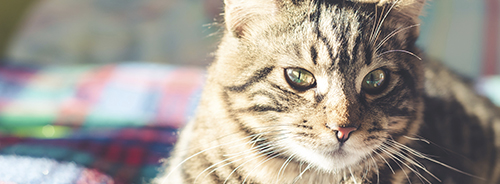How much do you know about kidney disease and your cat? Take our quiz to find out.
1. How many cats will likely get kidney disease in their lifetimes?
A. 1 out of 10, or less—only a few cats
B. 3 out of 10, or more—lots of cats
C. 9 out of 10—virtually all cats
Answer: B. 3 out of 10, or more—lots of cats.
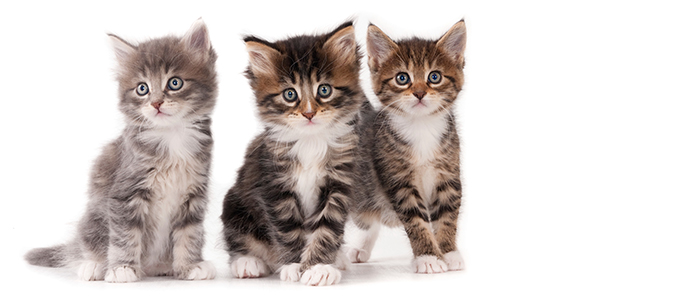
In fact, recent studies estimate that 80% of cats over 15 years old have some form of kidney-health concern.1 Learn more about chronic kidney disease (sometimes called kidney failure) in cats.
2. Which of these is a job performed by the kidneys?
A. Eliminating protein wastes
B. Balancing body water, salts and acids
C. Producing high quality urine
D. All of the above
Answer: D. All of the above.
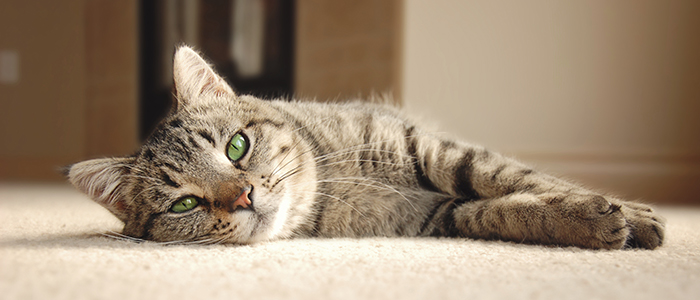
Healthy and happy kidneys are important for eliminating protein wastes, balancing body water, salts and acids and producing "high quality" urine. Learn more about all of the important jobs the kidneys have.
3. Common warning signs of kidney disease include:
A. Drinking more
B. Vomiting
C. Kidney disease does not ever show any signs
D. A and B
Answer: D. A and B.
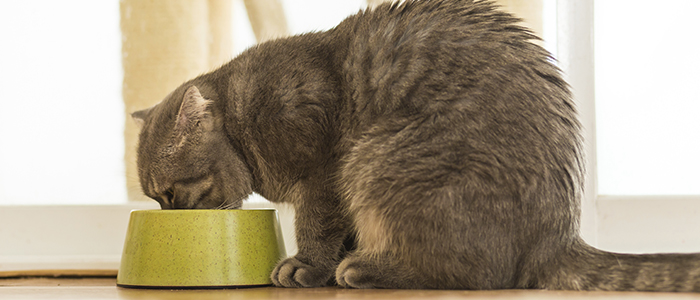
While these are common signs that may appear, cats with early or mild kidney disease may not show signs at all. Learn more about detecting signs of kidney disease.
4. A kidney stone is also known as:
A. Pollakiuria
B. Chylothorax
C. Nephrolith
D. Vizsla
Answer: C. Nephrolith.
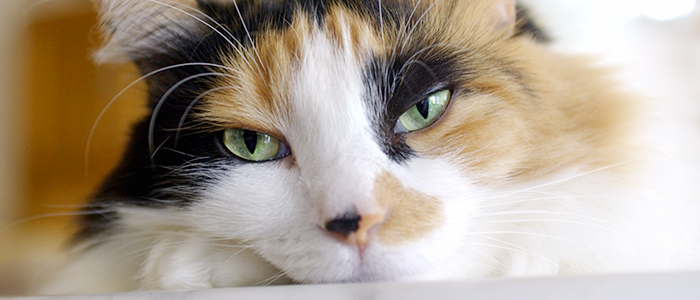
Learn more about kidney stones in cats.
5. Identify the test your veterinarian is least likely to run if kidney disease is suspected
A. SDMA Testing
B. Fecal flotation
C. Complete chemistry with electrolytes
D. Urinalysis
Answer: B. Fecal flotation.
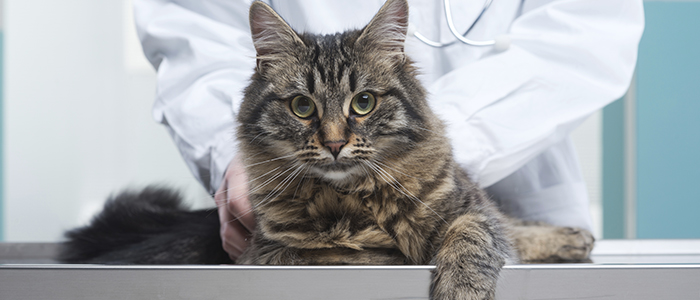
Fecal floatation may be used to help your veterinarian detect internal parasites, but is not a standard test for kidney disease. Learn more about testing for kidney disease in cats.
6. How many true lily petals would my cat need to eat to risk serious kidney damage?
A. Less than 3
B. 5-10
C. 10-15
D. 15-20
Answer: A. Less than 3. Lilies are highly toxic to cats and bad news for your cat's kidneys.
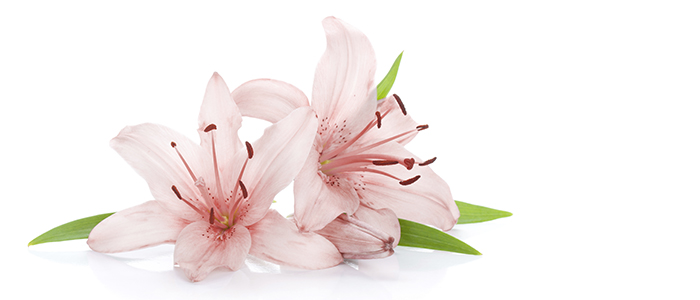
Learn more about highly toxic plants and lily poisoning in cats. If you suspect your cat has snacked on a lily, call your veterinarian immediately.
7. Which common diseases of older cats share signs of increased thirst and urination?
A. Hyperthyroidism and Diabetes mellitus
B. Diabetes mellitus and Kidney disease
C. Kidney disease and Hyperthyroidism
D. All of the above
Answer: D. All of the above. Cats often hide signs of illness, so increased thirst and urination is not to be ignored.
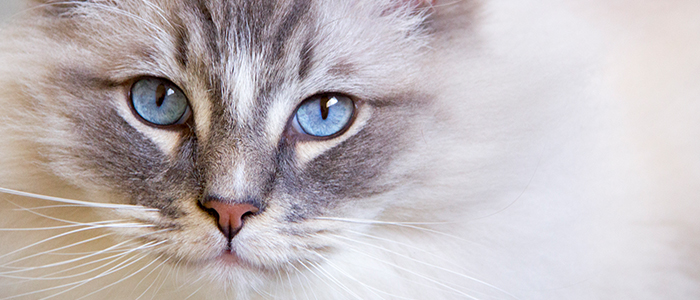
Learn more about diabetes mellitus in cats or hyperthyroidism in cats.
8. Which of these is a highly treatable issue caused by kidney disease?
A. Hypertension
B. Hyperthermia
D. Both A and B
Answer: A. Hypertension.
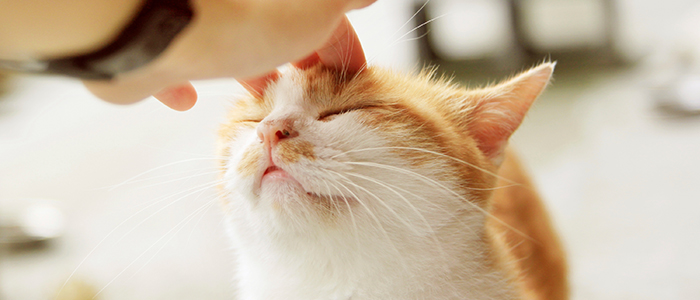
Also known as high blood pressure, hypertension is common in cats that have kidney disease. Click here to learn more about managing kidney disease.
9. Which of these conditions could put your cat at greater risk of kidney disease?
A. Urinary Infection
B. Inflammatory Bowel Disease
C. Glomerulonephritis
D. A and C
E. B and C
Answer: D. A and C.
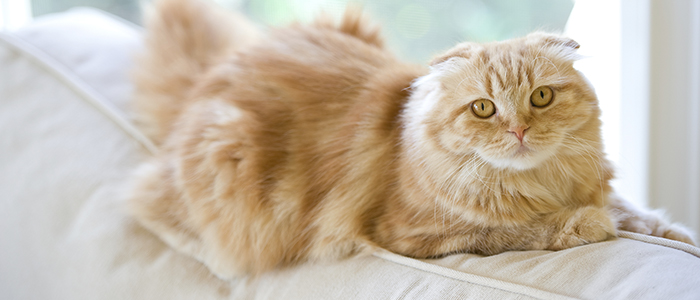
If your cat is prone to urinary infection and hypertension, an issue with the filtration function of the kidney, your veterinarian may also want to monitor for chronic kidney disease.
Kidney Disease Quiz Summary:
How many did you get right? Let us know in the comments below, then share this article to help keep other kitty's kidneys healthy! Next, check out 6 surprising facts about kidney disease.
If you have any questions or concerns, you should always visit or call your veterinarian -- they are your best resource to ensure the health and well-being of your pets.
Sources:
(1) J Feline Med Surg. 2014 Jun;16(6):465-72. doi: 10.1177/1098612X13511446. Epub 2013 Nov 11. Accessed June 24, 2015. http://www.ncbi.nlm.nih.gov/pubmed/24217707

